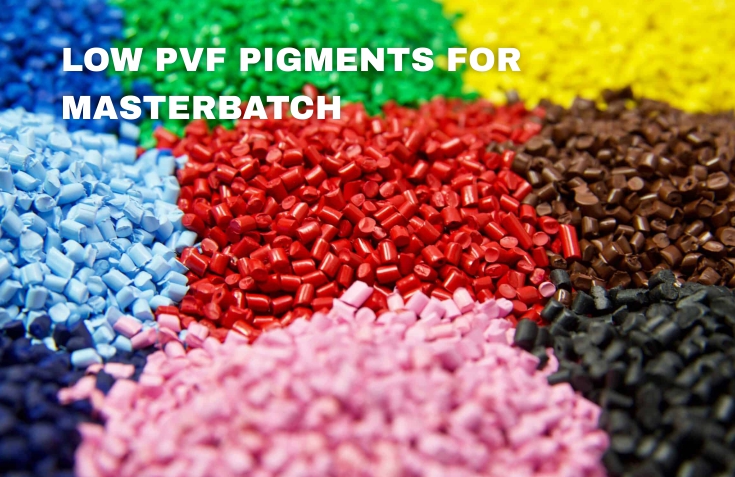
Each pigment, dye has own CAS number and colour index
(Pb 15.1, PG 7, PB 29 RS, PR 254, SG 3, SR 135, etc.)
Colourants for Plastics:
- Organic Pigments
- Inorganic Pigments
- Solvent Dyes
Introduction to Masterbatch: Properties of Pigments
- Shrinkage/Warpage – Dimensional changes caused by organic pigments.
- Heat stability/Compatibility – Stability of pigment when exposed to specific heat or chemical environment
- Dispersibility – Function of how easy/difficult is to mix pigment with polymer.
- Migration – Ability of pigment migrate through specific polymer.
- Lightfastness & Weather fastness – Outdoor stability of pigments
- Regulatory Compliance – Suitability of pigment in different food or medical applications
Low FPV Pigments
In 2004, with EN 13900-5, the CEN Committee finally presented a uniform measuring method with which the suitability of pigments for colouring plastic can be described and which, in the meantime, as ISO 23900-5 has become international standard.
The pressure filter test is used to detect quality differences in a polymer caused by agglomerates, fillers, which are not completely dispersed resp. impurities.
The calculation of the pressure filter value (FPV = Filter Pressure Value) is effected at the end of the test by determining the initial pressure PStart resp. the maximum pressure Pmax during the test and by using the formula:
FPV = (Pmax– PStart) / m
**m is the pigment weight in the sample
It can be used e. g.
- In the field of product development for optimizing the colour etc.
- For quality control resp. outgoing and incoming goods control of masterbatches, compounds or polymers
Low FPV Pigments for Masterbatch and Plastics
Phthalocyanine Pigments
Solvent Dyes for Plastics
